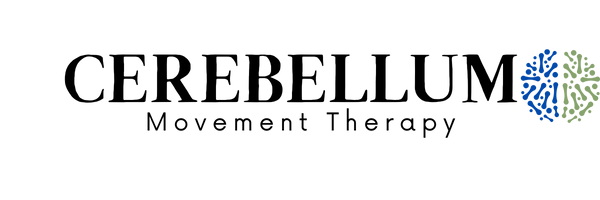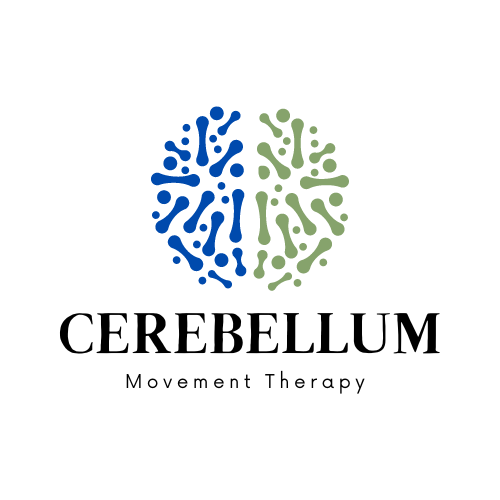Exploring the Cerebro-Cerebellar Connection: A Key to Understanding Movement and Motor Control
In the intricate landscape of neuroscience, the cerebro-cerebellar connection stands as a vital link facilitating the coordination and refinement of our movements. This connection, characterized by a sophisticated network of pathways between the cerebral cortex and the cerebellum, plays a pivotal role in motor control and coordination.
Neuroanatomy and Neurophysiology:
The cerebellum, nestled beneath the cerebrum at the back of the brain, is renowned for its role in orchestrating smooth, precise movements. This structure receives crucial input from the motor and prefrontal areas of the cerebral cortex via a pathway known as the cortico-ponto-cerebellar pathway. The journey begins with signals from the cortex traveling to the pontine nuclei, which then relay this information to the contralateral cerebellar hemisphere through mossy fibers. This influx of data allows the cerebellum to finely tune motor commands and coordinate complex movement sequences.
Pathways of the Connection:
The cortico-ponto-cerebellar pathway forms the cornerstone of the cerebro-cerebellar connection. Here, the motor cortex and prefrontal cortex communicate with the cerebellum via the pontine nuclei, ensuring a seamless exchange of information essential for motor coordination and precision. The cerebellum, in turn, processes this input and integrates it with sensory feedback to modulate motor output.
Relevance to Physical Therapy and Movement Dysfunction:
Understanding the cerebro-cerebellar connection is paramount in the realm of physical therapy, particularly when addressing movement disorders and impairments. Disruption or damage within this pathway can lead to a spectrum of challenges, including ataxia (loss of coordination), dysmetria (inability to control movement range), and intention tremors (tremors during purposeful movement).
In clinical practice, this knowledge serves as a cornerstone for designing targeted rehabilitation programs. Physical therapists leverage specific exercises and interventions to engage and stimulate the cerebellum, thereby improving coordination, balance, and motor control. By harnessing insights from the cerebro-cerebellar connection, therapists can optimize motor learning, refine movement skills, and develop innovative treatments for a diverse range of neurological conditions affecting motor function.
In essence, delving into the cerebro-cerebellar connection unveils profound insights into brain function and motor control. This exploration not only enhances our understanding of movement but also holds promise for advancing rehabilitation strategies and improving outcomes for individuals with movement disorders. By bridging the gap between neuroscience and clinical practice, we unlock new avenues for enhancing human motor performance and quality of life.

